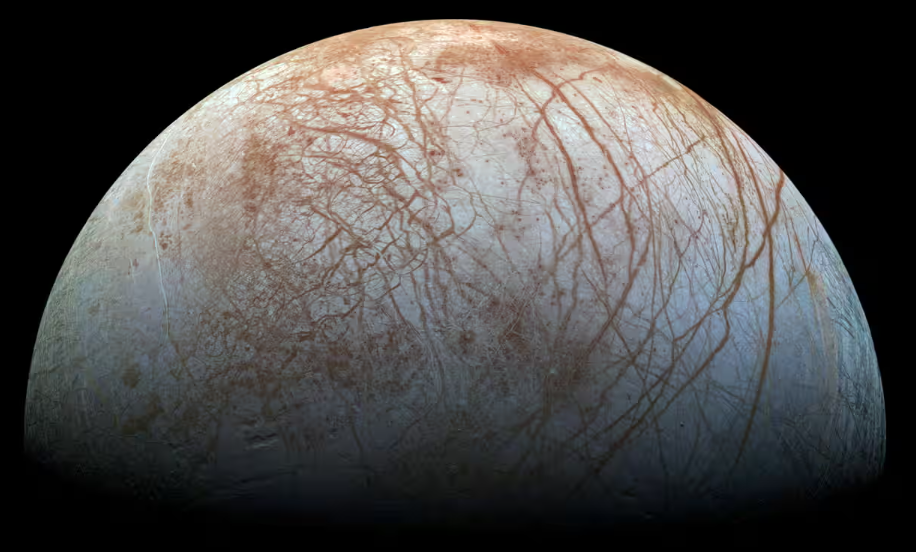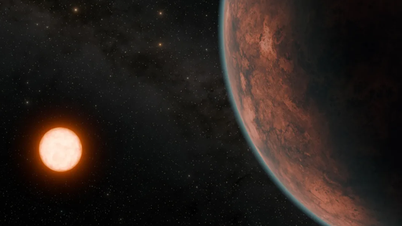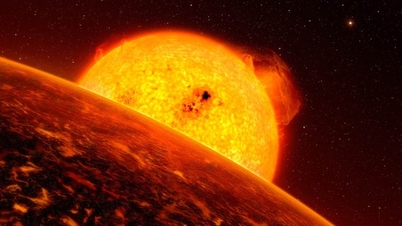
Europa is smaller than Earth's moon
The vast underground ocean of Europa, one of Jupiter's many moons, is containing carbon, an essential ingredient for life on Earth, according to The Guardian today, September 22.
Observations made by the James Webb Space Telescope show that the CO2 ice on Europa's surface originates from a salt ocean that lies beneath a thick layer of ice on the celestial body's surface.
Although the discovery does not yet provide a definitive answer to the question of whether extraterrestrial life exists in Europa, co-author Dr Christopher Glein of the Southwest Research Institute (USA) said the discovery reinforces the view that Europa's ocean is a place to focus research if we want to find extraterrestrial life in the solar system.
At 3,100 km in diameter, Europa is only slightly smaller than Earth's moon. If life exists on Jupiter's moon, it is thought that it would have characteristics that would allow it to adapt to the harsh conditions on this celestial body, such as temperatures below -140 degrees Celsius and constant exposure to radiation from Jupiter.
However, the location of Europa's ocean, at depths of 64-160 km, below a 16-24 km thick icy surface, makes the Jupiter moon a prime candidate in the search for extraterrestrial life.
Previous research confirmed the presence of CO2 ice on Europa's surface, but it was unclear at the time whether it originated from the ocean below or was brought to the Jupiter moon by meteorite impacts.
And the latest observations from the James Webb Space Telescope show that the CO2 ice is indeed coming from the ocean of the moon Europa.
Source link


![[Photo] Prime Minister Pham Minh Chinh chairs a special Government meeting on the arrangement of administrative units at all levels.](https://vphoto.vietnam.vn/thumb/1200x675/vietnam/resource/IMAGE/2025/5/9/6a22e6a997424870abfb39817bb9bb6c)
![[Photo] Russian military power on display at parade celebrating 80 years of victory over fascism](https://vphoto.vietnam.vn/thumb/1200x675/vietnam/resource/IMAGE/2025/5/9/ce054c3a71b74b1da3be310973aebcfd)



![[Photo] General Secretary To Lam and international leaders attend the parade celebrating the 80th anniversary of the victory over fascism in Russia](https://vphoto.vietnam.vn/thumb/1200x675/vietnam/resource/IMAGE/2025/5/9/4ec77ed7629a45c79d6e8aa952f20dd3)























![[Photo] Magical moment of double five-colored clouds on Ba Den mountain on the day of the Buddha's relic procession](https://vphoto.vietnam.vn/thumb/1200x675/vietnam/resource/IMAGE/2025/5/9/7a710556965c413397f9e38ac9708d2f)





























































Comment (0)